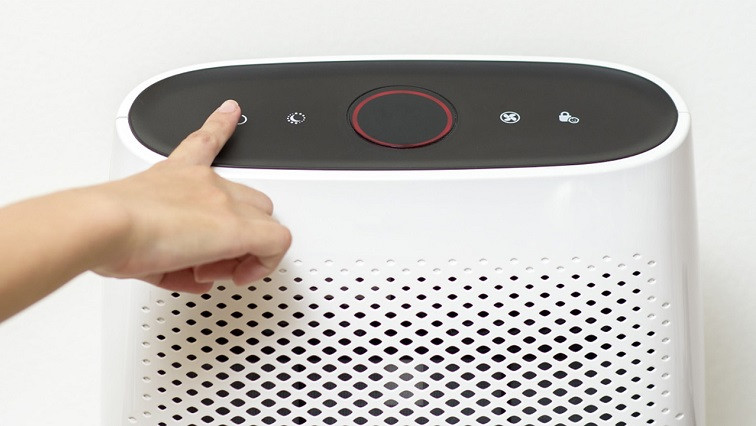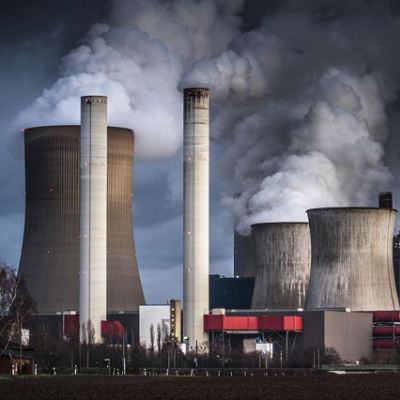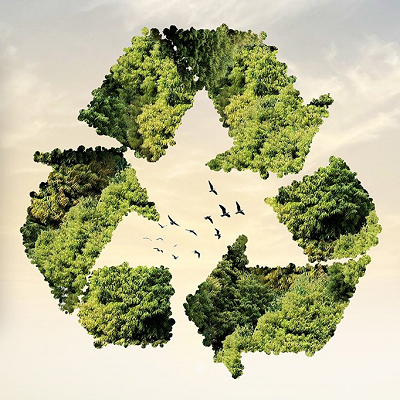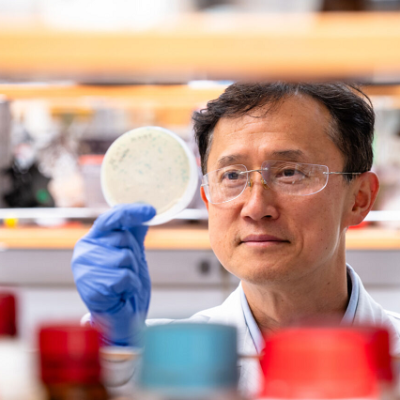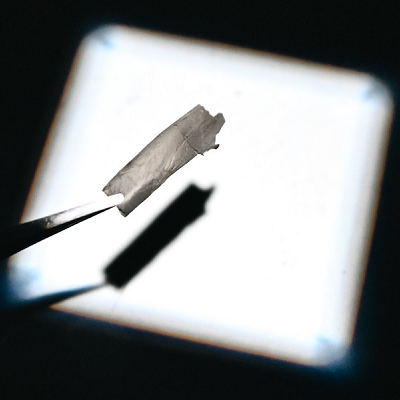The allowed patent application, titled, "Ultra-Fine Particle Aggregation, Neutralization and Filtration" (US Patent Application No. 11,291,939) provides broad protection for important aspects of Atmofizer's air purification technology.
"This is a tremendous step in our evolution, being able to apply our technology to the HVAC industry in the United States with a strong business case to improve air quality and reduce energy protected by a US patent", said Olivier Centner CEO. "Most residential and commercial buildings cannot be retrofit to accommodate HEPA without re-sizing the ductwork in the walls and ceilings so we see this as being a tremendous solution that is easy to implement and cost effective."
The recent Notice of Allowance from the USPTO is directed to a new design that delivers ultra-fine particle agglomeration and nanoparticle reduction performance in larger air ducts with faster-moving air, using less parts. The Company plans to market this patent to be licensed by air purification device manufacturers, HVAC suppliers and service companies.
Nanoparticles are so small they are difficult to manage by conventional air filters and purification devices. Agglomeration aggregates particles together to form larger clusters that allow air filters to work more effectively and efficiently. Larger particles allow lower-grade and traditionally less expensive air filters to perform at a higher level, last longer, and require less energy. This can translates into lower operating costs and reduce landfill waste.
"The new technology covered by this Notice of Allowance expands the value and protection for our portfolio of proprietary air-tech intellectual property, enabling Atmofizer to serve a new customer segment beyond air purification primarily focused on pollutants viruses and bacteria", said Whit Pepper, President and Chief Commercial Officer. "We have seen significant interest in customers putting a higher priority on reducing filter costs, energy costs, and having a better environmental footprint, while maintaining high levels of air quality. There is particular demand in Europe, where energy costs are skyrocketing and environmental sustainability is a more front-of-mind socially and politically."
"Additionally, this new evolution of our nanoparticle reduction technology handles larger and faster moving air streams with equivalent performance of our proven A500 systems — using less parts. This is important because it enables agglomeration to be added to pretty much the entire range of manufactured air purification appliances on the market as well as in larger commercial and industrial systems," said Pepper. "We are not going to be in the business of manufacturing components, but rather partnering with leaders in the industry to license our technology into their product lines. The industry told us we needed to hit specific cross-section and velocity targets to have a viable commercial solution in the space, and so we are very excited about the latest developments in results."
The United States HVAC systems market size was estimated at USD $16.54 Billion in 2021 and is expected to reach USD $17.45 billion in 2022 according to a report by Grand View Research (U.S. HVAC Systems Market Size, Share & Trends Analysis Report By Product (Heating, Ventilation, Cooling), By End Use (Residential, Commercial, Industrial), By Region, And Segment Forecasts, 2022 – 2030). Grand View also cited in their report increased focus on energy efficiency in HVAC systems. "Furthermore the U.S. government also offers rewards to promote low power consumption or the use of renewable energy sources. On account of rising concerns regarding global warming, standards established by the U.S. government to keep a check on HVAC systems operations will play a pivotal role in driving demand."
Read the original article on PR Newswire.

